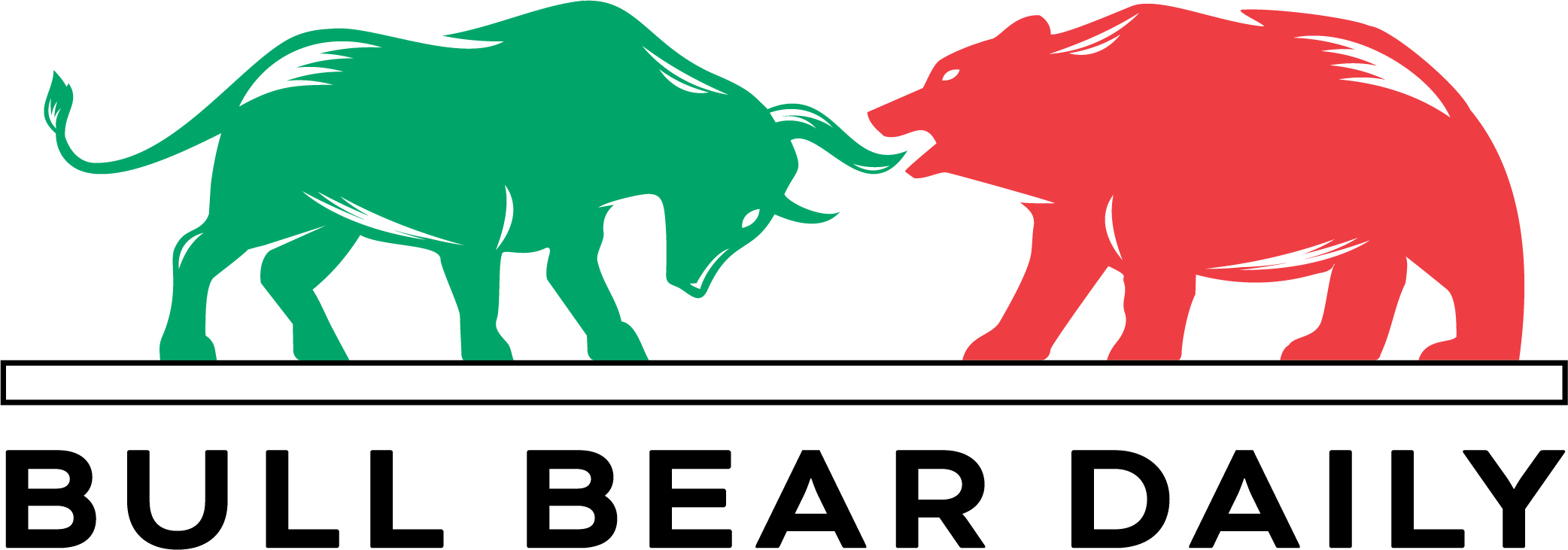
By Lucia Mutikani
WASHINGTON (Reuters) -U.S. consumer sentiment improved for the first time in six months in June as trade tensions between the U.S. and China eased, but households worried about the economy’s trajectory.
The rise in sentiment reported by the University of Michigan’s Surveys of Consumers on Friday was, however, overshadowed by Israel’s missile strikes against Iran, which boosted oil prices to multi-month highs and weighed on global stock markets.
Though consumers’ inflation expectations also improved this month, higher oil prices are likely to translate into pain at the pump. Gasoline prices have been generally low this year, freeing up much needed money for spending elsewhere.
“The improvement may be short-lived if current geopolitical risks as well as the increase in oil prices continue,” said Eugenio Aleman, chief economist at Raymond James. “The same is going to probably be true for inflation expectations.”
The University of Michigan’s Consumer Sentiment Index jumped to 60.5 this month from a final reading of 52.2 in May.
Economists polled by Reuters had forecast the index would rise to 53.5. The index, however, remained about 20% below last December’s level, when sentiment soared in the wake of President Donald Trump’s victory in the November 5 election.
Sentiment rose across all age, income, wealth, political party affiliation groups and geographic regions. While the share of consumers giving unsolicited comments about tariffs was down from May, it was higher than any other month since the election.
Stocks on Wall Street fell. The dollar rose against a basket of currencies. U.S. Treasury yields were higher.
DOWNSIDE RISKS REMAIN
The U.S. and China have made big strides towards de-escalating their trade war, with Washington slashing tariffs on Chinese goods to 30% from 145% until mid-August. They agreed earlier this week on a framework covering tariff rates.
“Consumers appear to have settled somewhat from the shock of the extremely high tariffs announced in April and the policy volatility seen in the weeks that followed,” Joanne Hsu, the director of the University of Michigan’s Surveys of Consumers, said in a statement. “However, consumers still perceive wide-ranging downside risks to the economy.”
Hsu said consumers’ views on business conditions, personal finances, buying conditions for big-ticket items, labor markets and stock markets were all nowhere near the upbeat readings of six months ago.
Some economists were dismissive of the survey, noting that the response rate was very low. Samuel Tombs, chief U.S. economist at Pantheon Macroeconomics, called it “a broken compass.”
Consumers’ 12-month inflation expectations fell to 5.1% from 6.6% in May. Hsu said consumers’ fears about the potential inflation surge from import duties have “softened” somewhat.
Their views have probably been influenced by tame consumer price increases over the past three months.
Economists say consumer inflation has remained benign because businesses are still selling inventory accumulated before Trump’s tariffs kicked in. They expect inflation to accelerate from June through the second half of the year. Long-run inflation expectations dipped to 4.1% from 4.2% last month.
“But the fact they (inflation expectations) remain historically high shows anxiety over prices hasn’t dropped off consumers’ list of worries,” said Oren Klachkin, financial market economist at Nationwide.
Federal Reserve officials, who will hold a policy meeting on Tuesday and Wednesday, could take note of the decline in inflation expectations, though the higher readings had previously been dismissed as an outlier.
The U.S. central bank is expected to leave its benchmark overnight interest rate in the 4.25%-4.50% range at the end of its meeting next week while policymakers monitor the economic effects of tariffs.
(Reporting by Lucia Mutikani; Editing by Chizu Nomiyama and Paul Simao)



